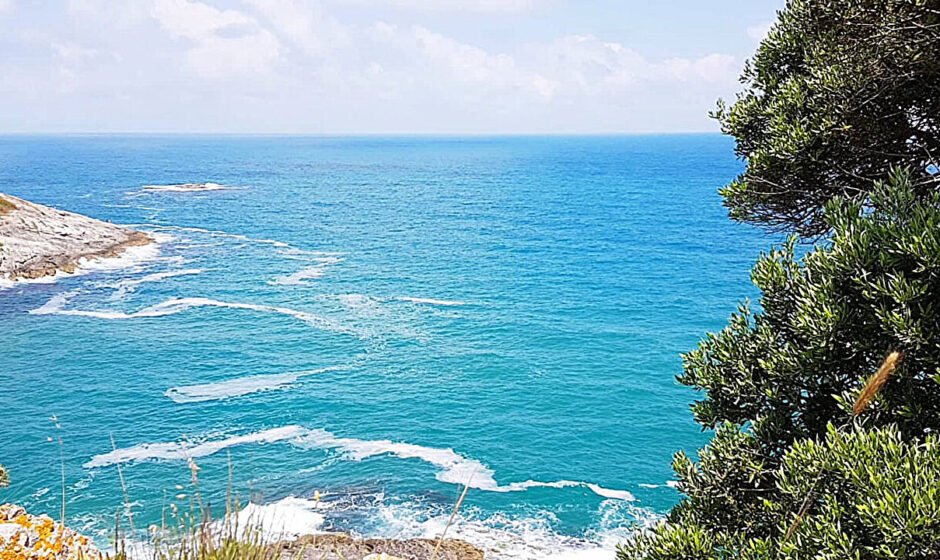According to the Intergovernmental Panel on Climate Change 2023 synthesis report, in order to mitigate the worst effects of climate change, humans will need to significantly reduce emissions and remove at least 10 gigatons of carbon dioxide from the atmosphere annually.
One potential method of carbon storage is through the use of anoxic basins, which are regions lacking oxygen. Storing biomass, such as seaweed or agricultural waste, in these basins could lock carbon below kilometers of water for thousands of years. Anoxic basins are particularly attractive for carbon storage because their chemistry limits biomass breakdown and their isolated nature contains negative environmental impacts.
Researchers conducted a study on the storage capacity of three anoxic basins: the Black Sea, Cariaco Basin, and Orca Basin. The Black Sea, with its slow circulation at the seabed, has the potential to sequester between 3.5 and 11.7 gigatons of carbon dioxide for over 1,000 years if a 4-meter-thick layer of biomass covers about 2,000-7,000 square kilometers of the sea floor. This would result in a moderate increase in sulfide and ammonium levels in the deepest part of the basin, and a slight decrease in pH.
In the Cariaco Basin, seasonal upwelling brings deep water to the surface, causing a faster release of carbon dioxide from biomass breakdown. Therefore, covering approximately 100-350 square kilometers of the basin with a 4-meter-thick layer of biomass could sequester between 0.18 and 0.58 gigaton of carbon dioxide, but for a shorter duration compared to the Black Sea.
The Orca Basin, although smaller than the other basins, has high ion levels that make it difficult to predict changes in pH. Additionally, the basin has a unique microbial community, and its response to a sudden increase in biomass availability is uncertain. However, due to the lack of mixing between the layers of the basin, it has the potential to sequester 0.005-0.26 gigaton of carbon dioxide for over 10,000 years.
While anoxic basins show promise for carbon sequestration, further research is necessary to assess the risks and benefits of this method. The study was published in the IPCC 2023 synthesis report.
This article was republished from Eos, hosted by the American Geophysical Union. The original article can be found here.
Citation: Comparing carbon-trapping capacities of anoxic basins (2024, February 1) retrieved 1 February 2024 from https://phys.org/news/2024-02-carbon-capacities-anoxic-basins.html. Please note that this document is subject to copyright and cannot be reproduced without written permission.




